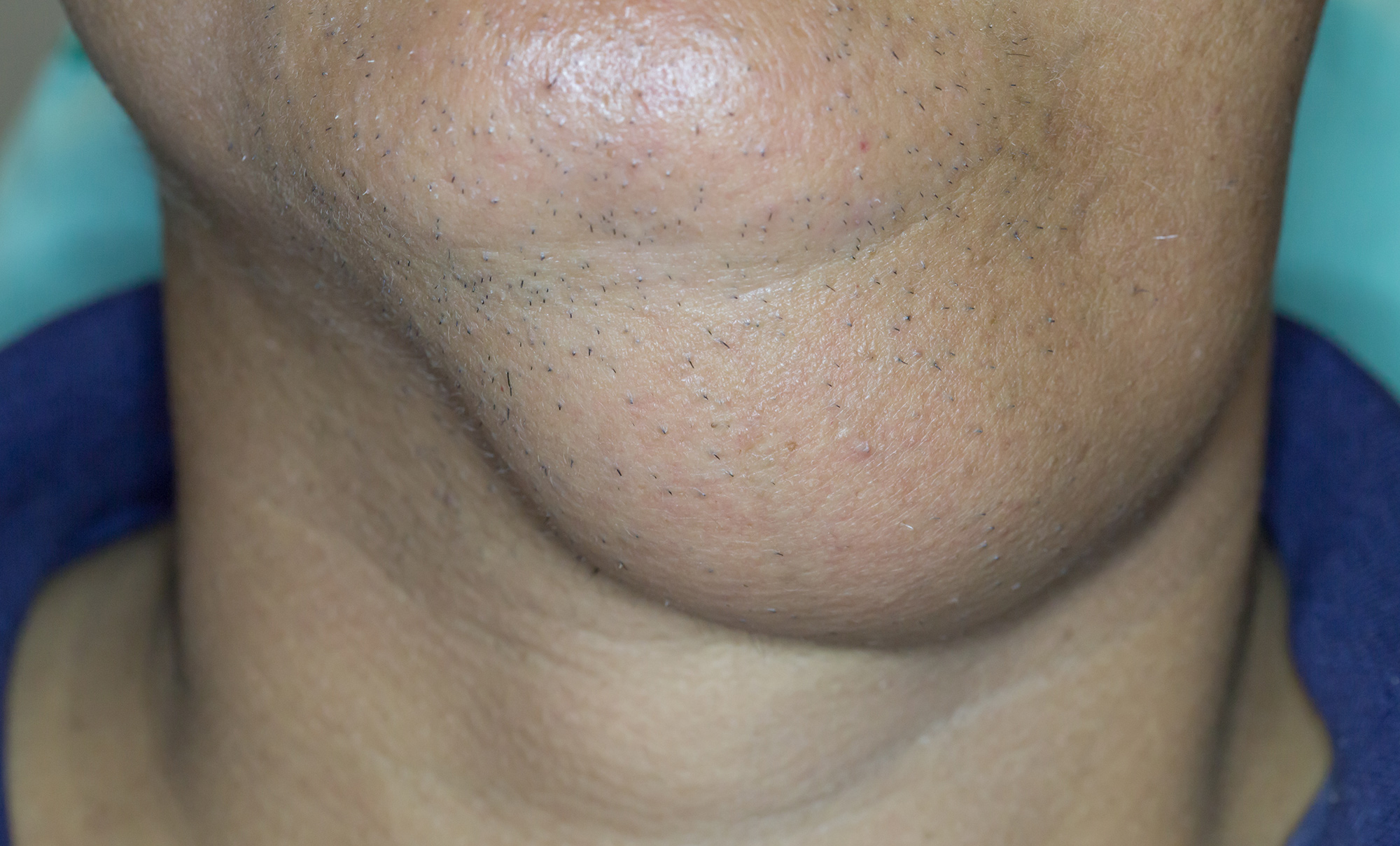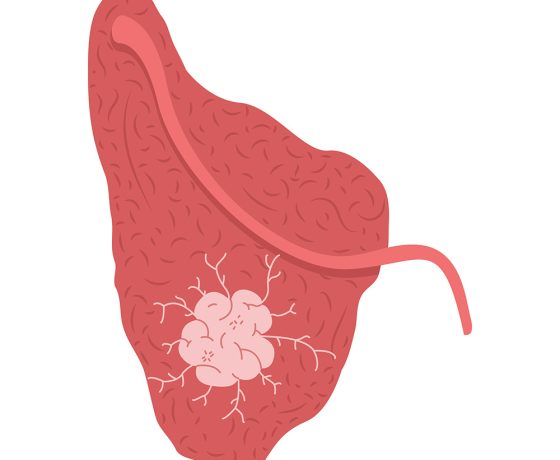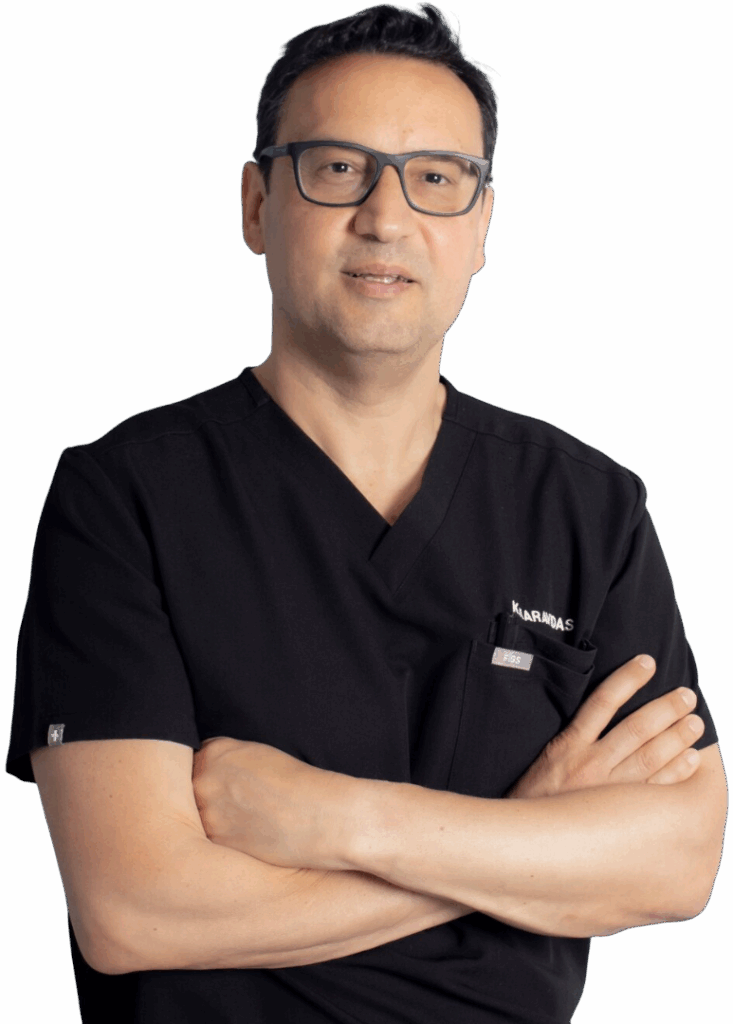Salivary Gland Tumour

- A firm or persistent lump in the cheek, jaw, or mouth
- Swelling that does not resolve over time
- Pain, tenderness, or numbness in the face
- Difficulty swallowing or opening the mouth
- Facial weakness or asymmetry
Home » Conditions » Salivary Gland Tumour
Specialist Treatment for
Salivary Gland Lumps and Growths
A salivary gland tumour can present as a lump or swelling in the mouth, jaw, or neck region. While some tumours are non-cancerous and grow slowly, others may be malignant and require prompt treatment. As these growths can affect vital structures and functions such as speech, chewing and facial movement, accurate diagnosis and tailored management are essential.
At Head2Neck, we provide consultant-led care for all types of salivary gland tumours, from initial evaluation through to advanced treatment. Every case is assessed in detail to determine whether the tumour is benign or malignant, ensuring patients receive a treatment plan that addresses both the immediate concern and long-term health.
What is a Salivary Gland Tumour?

A salivary gland tumour is an abnormal growth that develops in one of the major or minor salivary glands. The parotid glands, located in front of the ears, are most frequently affected, followed by the submandibular glands beneath the jaw and the smaller glands throughout the mouth and throat.
These tumours may be benign, such as pleomorphic adenomas, or malignant, forming part of a group of head and neck cancers. Identifying whether a tumour is benign or malignant is critical to planning the right course of treatment.

Types of Salivary Gland Tumours
Salivary gland tumours are broadly classified as benign or malignant.
Benign tumours are more common and typically grow slowly. The most frequent type is a pleomorphic adenoma, followed by Warthin’s tumour. While these are not cancerous, they still need to be removed, as they can enlarge over time or, rarely, develop malignant features.
Malignant tumours include mucoepidermoid carcinoma, adenoid cystic carcinoma and a range of less common cancers. These growths may invade nearby tissues, spread to lymph nodes, or metastasise to other parts of the body. Differentiating between benign and malignant salivary gland tumours is essential, as treatment strategies vary significantly.
Common Symptoms of a Salivary Gland Tumour
The symptoms of a salivary gland lump can vary depending on the type and location of the tumour. Signs to be aware of include:
- A firm or persistent lump in the cheek, jaw, or mouth
- Swelling that does not resolve over time
- Pain, tenderness, or numbness in the face
- Difficulty swallowing or opening the mouth
- Facial weakness or asymmetry
- Changes in saliva flow or dry mouth
Not all salivary gland tumours cause symptoms at an early stage, so any unexplained lump should be professionally assessed.
Causes and Risk Factors
The exact cause of salivary gland tumours is not always known, but several factors may contribute. These include:
Age, with tumours more common in adults over 50
Exposure to radiation in the head and neck region
Family history of salivary gland disease
Certain viral infections, including Epstein–Barr virus, which have been linked to some salivary gland cancers
Lifestyle factors such as smoking, which may contribute to risk
Most salivary gland lumps are benign, but because a proportion are malignant, specialist evaluation is always advised.
When to Seek Medical Advice
If you notice a lump near the jaw, mouth, or neck that does not go away within a few weeks, it should be checked by a specialist. Urgent assessment is especially important if the lump is painful, rapidly enlarging, or associated with symptoms such as facial weakness, difficulty swallowing, or numbness.
Early diagnosis of a salivary gland tumour ensures the best chance of effective treatment and reduces the risk of complications. If you are concerned about a lump or swelling, contact us to arrange an appointment with our consultant team.
Diagnosis at Head2Neck
At Head2Neck, patients are assessed by Consultant Head and Neck Surgeon Mr Konstantinos Karavidas. A thorough medical history and clinical examination are followed by investigations such as ultrasound, MRI, or CT to evaluate the size, position and nature of the lump.
A biopsy (often a fine needle aspiration) may be required to confirm whether the salivary gland tumour is benign or malignant. This step is essential for planning the most appropriate treatment pathway.
Treatment Options for Salivary Gland Tumours
Treatment depends on whether the tumour is benign or malignant, its size and its location. At Head2Neck, treatment recommendations are personalised for each patient and may include:
Surgical Management
Surgery is the most common treatment for salivary gland tumours. This may involve parotid surgery (parotidectomy), removal of the submandibular gland, or excision of smaller minor glands. Procedures are carried out with precision to protect nearby nerves and restore function.
Malignant Salivary Gland Tumour Treatment
If cancer is confirmed, treatment may include surgery combined with radiotherapy to reduce the risk of recurrence. In certain cases, neck dissection is performed to address lymph node involvement.
Reconstructive and Supportive Care
Where larger tumours are removed, reconstructive surgery may be offered to restore appearance and function. Patients also receive guidance on rehabilitation and follow-up care to monitor for recurrence.
Why Choose Head2Neck for Your Salivary Gland Tumour Treatment?
Selecting the right specialist is vital for both safe surgery and long-term results. At Head2Neck, patients benefit from:
- Consultant-led care by an experienced head and neck tumour specialist
- Advanced diagnostic tools, including ultrasound, MRI and minimally invasive techniques
- Expertise in both benign and malignant salivary gland tumour management
- Access to complex procedures such as parotidectomy and reconstructive surgery
- Convenient clinic locations across London, Essex, Hertfordshire and Bedfordshire
- A patient-focused approach, combining clinical skill with clear communication and supportive aftercare






What Our Patients Say
I’ve been seeing Mr Karavidas since Feb 25 and have had several consultations and 2 surgical procedures at Cobham Clinic. He is extremely thorough and makes sure you understand every step of what’s happening with any diagnosis and procedure. Fantastic service.
A.B. 08/06/2025
Clear explanations, very reassuring throughout consultations and proceedure. Mr Karavidas made me feel at ease, his professionalism immediately evident. Highly recommended.
N.A. 10/03/2025
I was beyond impressed by Mr Karavidas. He took the time to listen to all my concerns, reassured me & gave the very best advice. He was friendly and put me at complete ease. I was very well taken care of and cannot thank him enough. I highly recommend!
V.G. 19/02/2025
Two lower wisdom teeth removal. Couldn’t fault the service. Excellent and extremely responsible after care from Mr Karavidas.
J.L. 02/12/2024
My experience with Dr Karavidas and his team was exceptional. I felt extremely cared for and informed throughout and could not have asked for more. To top it off we had a fully successful outcome after an oral procedure which means I can eat again! Thank you so much.
S.J. 21/10/2024
I’ve been seeing Mr Karavidas since Feb 25 and have had several consultations and 2 surgical procedures at Cobham Clinic. He is extremely thorough and makes sure you understand every step of what’s happening with any diagnosis and procedure. Fantastic service.
A.B. 08/06/2025
Clear explanations, very reassuring throughout consultations and proceedure. Mr Karavidas made me feel at ease, his professionalism immediately evident. Highly recommended.
N.A. 10/03/2025
I was beyond impressed by Mr Karavidas. He took the time to listen to all my concerns, reassured me & gave the very best advice. He was friendly and put me at complete ease. I was very well taken care of and cannot thank him enough. I highly recommend!
V.G. 19/02/2025
Two lower wisdom teeth removal. Couldn’t fault the service. Excellent and extremely responsible after care from Mr Karavidas.
J.L. 02/12/2024
My experience with Dr Karavidas and his team was exceptional. I felt extremely cared for and informed throughout and could not have asked for more. To top it off we had a fully successful outcome after an oral procedure which means I can eat again! Thank you so much.
S.J. 21/10/2024

Frequently Asked Questions
What are the symptoms of a salivary gland tumour?
The most common symptom is a lump or swelling in the mouth, jaw, or neck that does not go away. Some tumours may also cause pain, facial weakness, or difficulty swallowing.
Is a salivary gland tumour cancerous?
Not all salivary gland tumours are cancerous, as many are benign and slow-growing. However, malignant tumours do occur, which is why professional evaluation is always important.
How is a salivary gland tumour diagnosed?
Diagnosis usually involves a physical examination, imaging scans such as ultrasound or MRI and a biopsy to confirm the tumour type. These steps help determine the best treatment approach.
What causes salivary gland tumours?
The exact cause is not always known, but factors such as age, prior radiation exposure, family history and certain viral infections may increase the risk. Lifestyle habits like smoking may also contribute.
Can salivary gland tumours come back after treatment?
Benign tumours are usually cured once removed, though a small chance of recurrence exists. Malignant tumours require ongoing monitoring to reduce the risk of them returning or spreading.
When should I see a specialist for a salivary gland lump?
Any lump near the jaw, cheek, or mouth that lasts more than a few weeks should be assessed. If it grows quickly, becomes painful, or causes facial weakness, urgent medical attention is advised.
Book a Consultation with Mr. Karavidas


